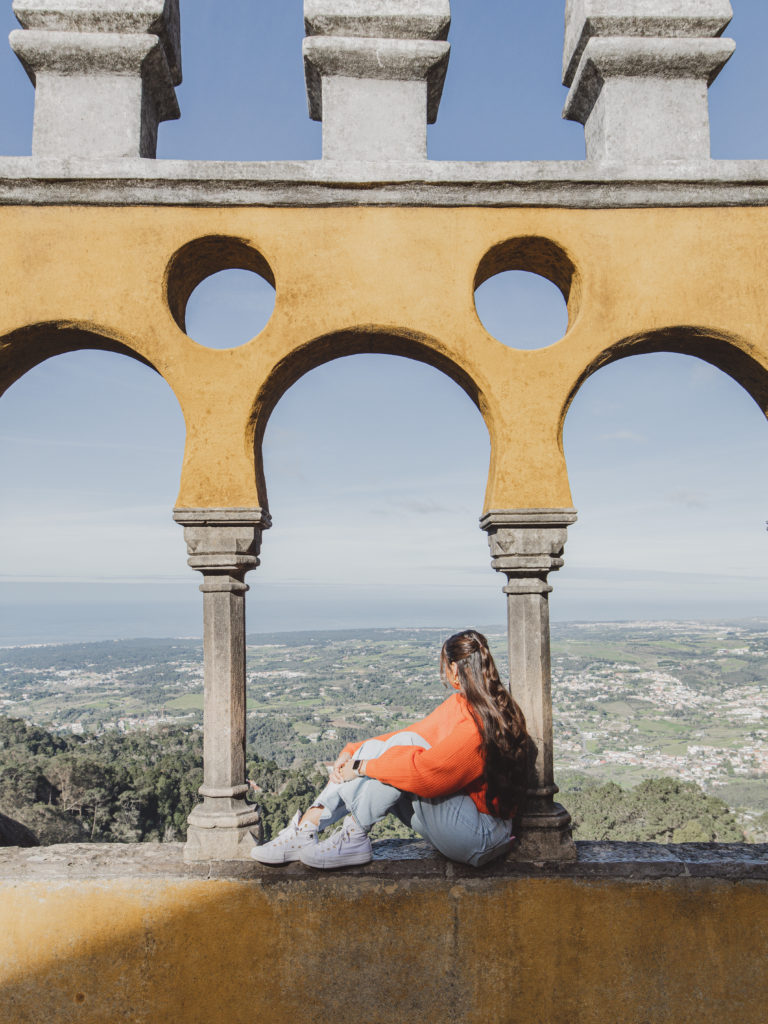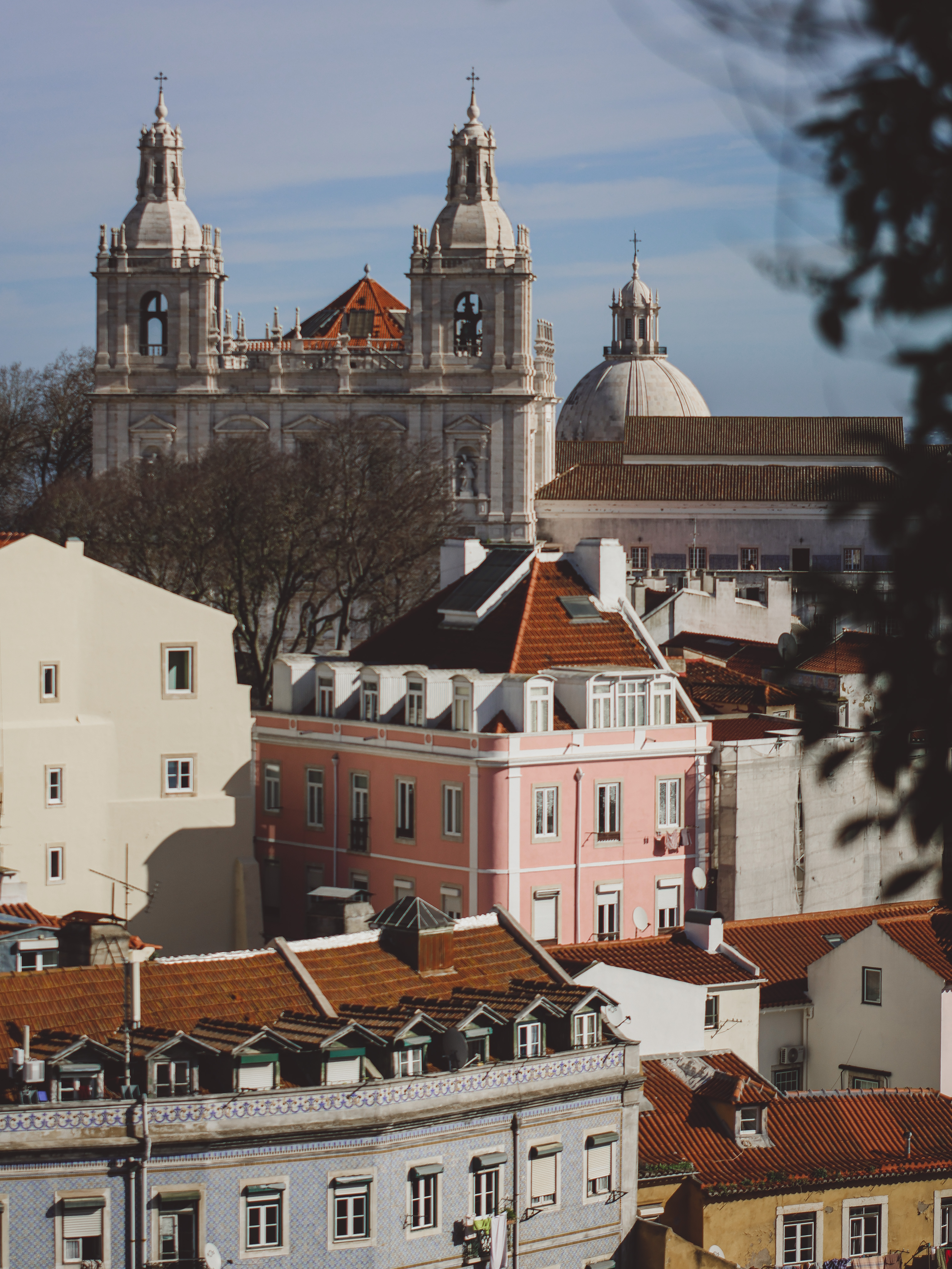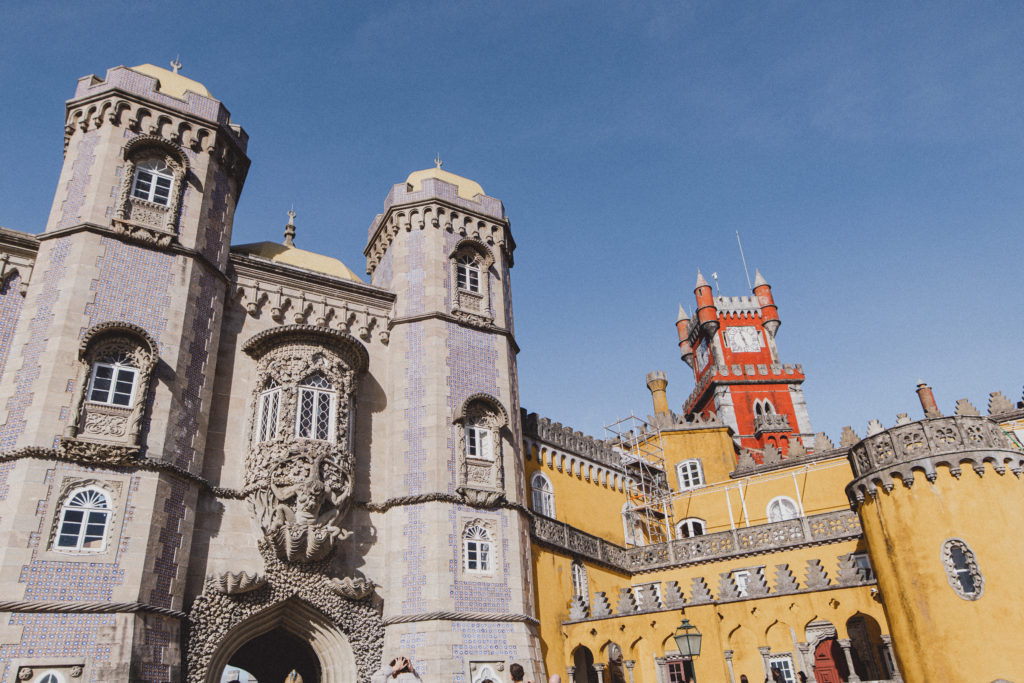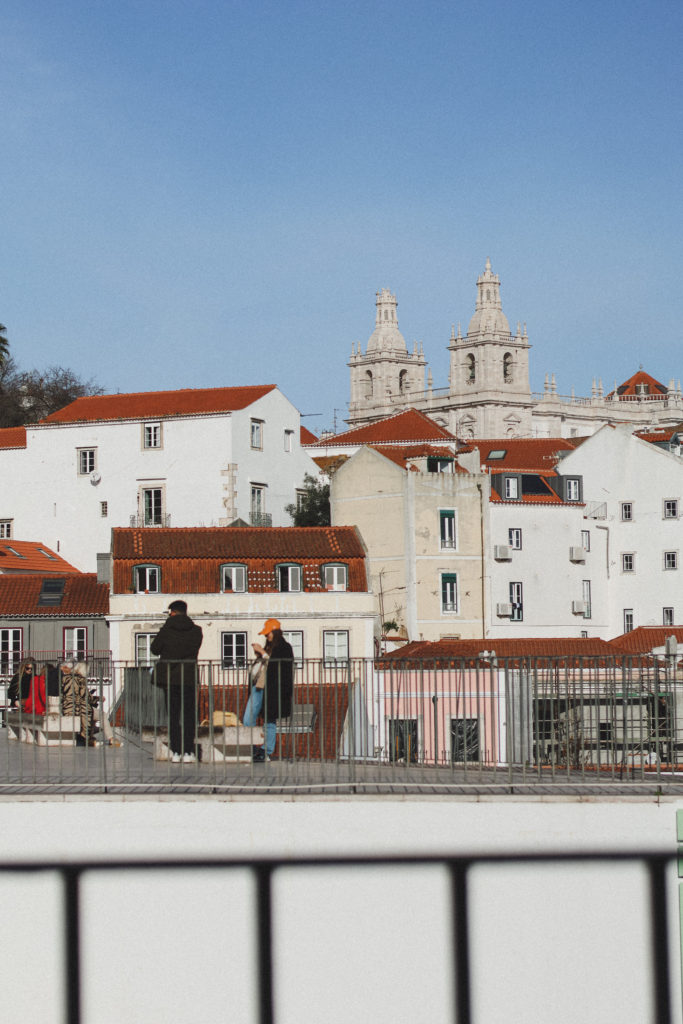Traveling in Portugal
Portugal is such a magical place that will blow your expectations out of the water. It’s a must-visit for any travel lover, and it suits many different travel styles. You want historical old town tours? Lisbon is your place. Wanting to chill on some of the most beautiful beaches in Europe? The stunning Algarve coastline awaits you. Are you more of a tropical-vibe kind of vacationer? The lush Madeira or the Azores is waiting to be explored! But before you jet off to your European holiday, let’s go over some must-know information about traveling in Portugal…
When To Visit
Portugal is a year-round destination in Europe, It boasts some of the continent’s warmest and driest winters, with January temperatures hovering around 60F/15C during the day and 48F/8C at night. With the bright sun shining down on most days, the weather in January is quite pleasant to walk around. You will probably even break a sweat climbing the hilly city of Lisbon. We visited during January and were comfortable in a sweater and pants. Most days we only used our jackets at night. One advantage of visiting during the winter months is that there won’t be nearly as many tourists as in the summertime- which is a huge win in my book! You can also save big time on flights and accommodation during the low season… perfect for traveling on a budget. Portugal is also a great shoulder season destination. In the months of April and October, the weather is super nice and you can still take advantage of pre-peak season prices.
While January might be a great month to visit the cities of Lisbon and Porto, you will want the warmest of weather for hitting the beaches down south. Portugal experiences super hot summers. July in Lisbon is practically unbearable. But the summer months are amazing for sunbathing and kayaking through the caves in Lagos.
To sum it up, if you only want to visit Lisbon or Porto, go in January or April. If you want to experience both the cities and the beaches, visit in September when the water is warmer from the summer heat, but the temperatures aren’t quite as high as in July and August.


How to get to Portugal
The easiest way to arrive in Portugal is by airplane. There are multiple international airports in the country. The two main ones are Lisbon Humberto Delgado Airport (LIS) and Porto Francisco Sá Carneiro Airport (OPO). There are airports in other regions like Lagos and Madeira, but you will probably connect through Lisbon or Porto to get to them. There are many international flights from cities all over the world to Lisbon and Porto. You can easily reach any city in Portugal from different European cities as well.
Check out flight options to Portugal at Skyscanner!
If you are already visiting the Spanish Riviera. It is super convenient to drive into the southern region of Portugal. Lagos is a 3-hour drive from the Spanish city of Seville! From Madrid, Lisbon is a more lengthy 6-hour drive. You can easily find affordable flights to Lisbon and Porto from any European city. For this reason, we recommend visiting Portugal via airplane because it will probably be cheaper than driving and paying for gas. Plus, it will save you A LOT of time!

How to get around
The cities of Lisbon and Porto are super walkable! My favorite way of seeing a new place is always walking because you get to see so much detail and character of a city. These cities also have great public transportation systems and they are pretty affordable. The trams in Lisbon are especially adorable and a ride on one is a must-do! Taxis and Uber are also available throughout the country as well and are standard prices when compared to other European cities.

Trains, buses, and road-tripping
You will most likely be visiting multiple places in Portugal during your trip. The good news is that it is very easy to travel between cities. Renting a car in Portugal is a great idea. Finding a vehicle with an automatic transmission can be tougher and possibly more expensive, so if you do not know how to drive manually, just be aware of this. An international driving license is not needed for American citizens.
Another great and affordable way to travel throughout the country is by public transportation. There is a wide network of trains and buses that can take you to just about anywhere in Portugal. Check out some transportation options at Omio!

Currency and payment in Portugal
Portugal’s official currency is the Euro, which is super convenient for travelers coming from other European countries. For travelers coming from the United States, one USD = about .90 euros. Cash is widely accepted in the country, and it is best to withdraw euros from an ATM or order them from a bank before your trip! We exchanged money at the airport in Lisbon and felt like we got ripped off big time.. never again!
Most businesses take the major credit cards and you will have no problem paying with your normal bank card. Just make sure to let your bank know that you are traveling to avoid your card getting declined.
Tipping / Gratuity
In Portugal, tipping is super different than in the U.S. It is never expected to tip 20% on a bill at a restaurant and it is not typical to tip at all in a coffee shop. A lot of our bills did not even have a place to leave a tip. There is no obligation to leave a tip for servers, but if you want to you may round up on the bill as a gesture of appreciation.
Local cuisine
Portugal has amazing food! You can find a lot of seafood dishes in this coastal country. Sardines are a popular fish to eat and you can even find entire stores dedicated to fancy canned sardines. The yummy little pastry called pastel de nada is a must-try! We’ve heard the ones in Belem are the best. Besides traditional Portuguese dishes, you can expect delicious Western-style breakfast places with trendy interiors and the cutest plates. We found the Italian food in Portugal to be exceptional as well! Check out our favorite places to eat in Lisbon here.




What to bring to Portugal
Clothes
If nothing else, bring a pair of good walking shoes! Anywhere in Europe will have you on your feet all day, but Portugal is something else. I have never walked so many up and downhill streets in my life than when we were in Lisbon. Don’t get me wrong, the views are so worth it, but your feet will not be happy at the end of the day.
Layers are essential in these windy spots near the coast. Portugal can get super hot during the day, so it’s always good to wear layers so that you can adjust as the day goes on. Even during the winter, it is so much warmer midday than it is at night.
Travel adapter
Chances are, European outlets are different from your home country. Check out these travel adapters that will allow you to plug in your devices. Most electronics are dual voltage these days. All Apple products are anyhow. If you find yourself needing to use a device that is not dual voltage, make sure to bring a voltage converter with you so that you do not ruin your device.
Visa
Almost all travelers who want to visit Portugal will not need a visa to enter the country. This includes travelers from the EU, most countries in Europe and North America, and some Asian countries. Double-check the specifics for your nationality here!

Comment your Portugal tips and experiences below!







